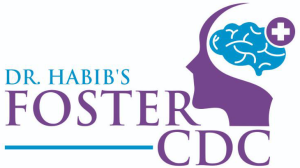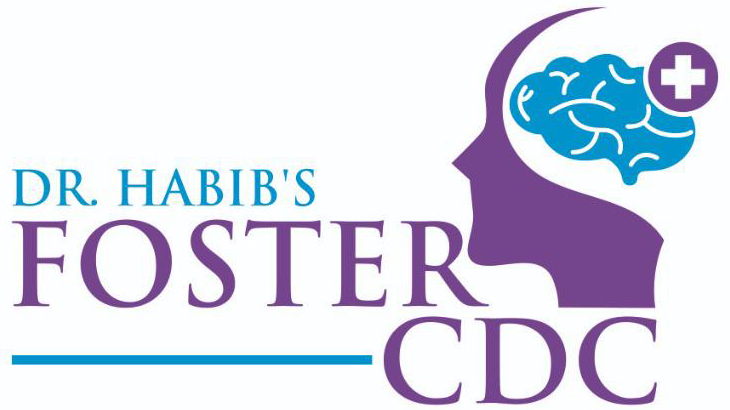Many parents have lost of concerns about their children – especially when they need treatment for epilepsy in Hyderabad. They talk to the concerned doctor about the treatment modality to know whether the treatment is the best possible one. They also want to know the most common treatment for epilepsy and the other possible modalities of treatment. The following information will help you understand the most common way of treating epilepsy and the other treatment modalities if any when medicines alone don’t work.
Epilepsy medicines
Many of you might have heard a very common term called anti-epileptic drug (AED). This is the name of the drug used to treat epilepsy in most of the children. There is a common myth among most of us that these AEDs cure epilepsy, but the main objective of these drugs is to reduce the number and frequency of seizures in children. Most of the children treated with these medicines show promising results.
Dose of AEDS
Your paediatric neurologist will prescribe AEDs having a low dose and then gradually increase the dose until your child gets the correct level to control seizures. You should follow the instructions of your doctor pertaining to the dose, timing and the number of times the medicine to be taken. Depending on the age, frequency and the number of seizures your child have had, your doctor instructs the time and the number of times the medicines to be taken.
Among the types of medicines available to treat children with epilepsy the one which is given to your child will depend on the sex, age and weight of your child; the types of syndrome or seizures the child has; and any other associated medical conditions.
Your child’s doctor may change the medicine if the first medicine doesn’t stop the seizure. This is normal. Some children may need one or more medicines for stopping their seizures.
Emergency medicine for status epilepticus
The seizures that last for a brief time stop on their own, but some seizures may last for long and don’t stop. Such type of seizure is known as status epilepticus. If a child experiences status epilepticus along with a convulsive seizure, then the condition must be addressed urgently. The child must be immediately taken to a paediatric neurologist as convulsive status epilepticus lasting for 20 to 30 minutes or more can cause severe brain damage or even death.
Status Epilepticus
Emergency medicine may be prescribed for your child if there is a possibility or risk of status epilepticus. This medicine is usually prescribed to stop a seizure that lasts too long. The doctor will also write the care plan indicating when and how much emergency medicine needs to be given. The doctor will also instruct you about how to give the medicine to your child.
Your paediatric neurologist will discuss in detail about the treatment modality and plan and also about the follow-ups.
If your child’s seizures don’t stop your doctor may discuss other treatment options with you including vagus nerve stimulation therapy and epilepsy brain surgery.
For the best treatment for epilepsy in Hyderabad, meet
Dr. Habib Pathan



